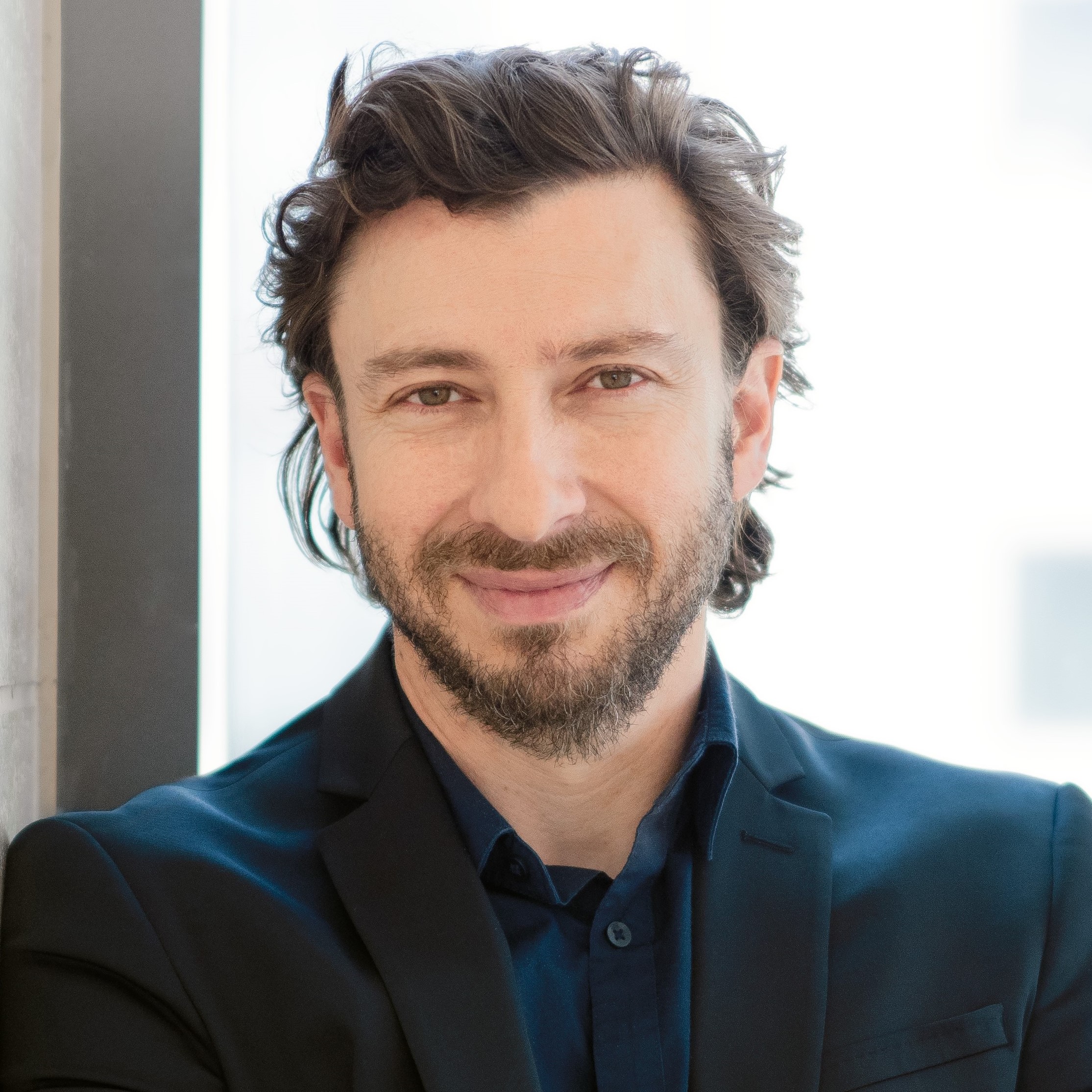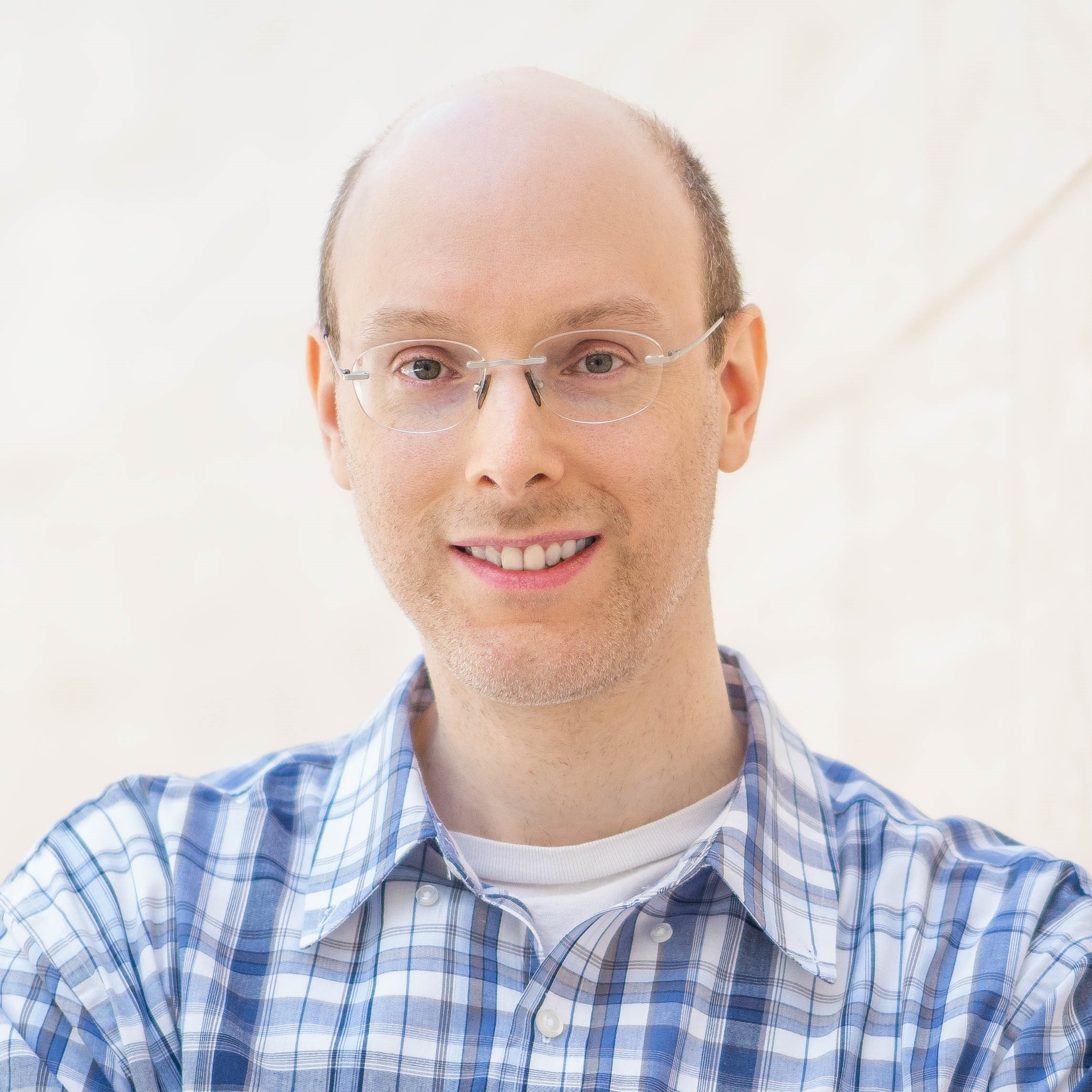by Buck Institute
June 13, 2024 . BLOG
Space Medicine at the Buck
Where the science of aging and the science of spaceflight intersect
Space is the final frontier in more ways than one. Two Buck researchers are using the harsh environment of outer space to study the limits of human physiology and gain insight into how the body, particularly the immune system, responds to the unnatural conditions.
Beyond simply the "cool factor” of space research, studying what happens to humans traveling into space can yield unprecedented implications for those of us firmly rooted on planet Earth.
 “Astronauts increase their rate of aging about 30-fold, so for every year spent in low orbit, such as at the International Space Station, you would age about 25 to 30 years,” says Director of the Buck AI Platform and Associate Professor David Furman, PhD. “It's pretty dramatic, and we want to know how we can use this phenomenon to better understand how aging is occurring on Earth.”
“Astronauts increase their rate of aging about 30-fold, so for every year spent in low orbit, such as at the International Space Station, you would age about 25 to 30 years,” says Director of the Buck AI Platform and Associate Professor David Furman, PhD. “It's pretty dramatic, and we want to know how we can use this phenomenon to better understand how aging is occurring on Earth.”
Every time someone goes into space, they become an experiment in accelerated aging. Understanding this process could be useful, not only for reducing the harm of space travel, but also for unlocking new ways of viewing aging and even for finding interventions that extend human health and lifespan.
 “Two of the biggest health issues that humanity is facing now are our aging population and all the diseases and vulnerabilities that come with aging, plus exploring options for life somewhere other than Earth,” says Associate Professor Daniel Winer, MD. “It may sound crazy, but I, and many others, believe humanity needs to become a multi-planetary species to thrive.”
“Two of the biggest health issues that humanity is facing now are our aging population and all the diseases and vulnerabilities that come with aging, plus exploring options for life somewhere other than Earth,” says Associate Professor Daniel Winer, MD. “It may sound crazy, but I, and many others, believe humanity needs to become a multi-planetary species to thrive.”
In their two labs, Furman and Winer are exploring how forces shape immune cell function. They have just published in Nature Communications the first survey at the single-cell level documenting the cellular and molecular changes that occur when immune cells experience reduced gravity, as is experienced during space travel.
Moving forward, the team hopes to find ways of not only improving the health of astronauts in microgravity, but also how they can mimic low-gravity environments to learn about how cells age. “Specifically, we are interested in how microgravity impacts the hallmarks of aging in cells,” says Winer, who has also completed a half year NASA biosciences training course in spaceflight technology, applications and research.
Using a NASA-designed instrument that keeps cells and organoids in freefall, Furman and Winer have created a new model for studying accelerated aging. Once gravitational forces are subtracted there is an acceleration of multiple aspects of aging. The researchers can map these changes to diseases and can also test different compounds that have anti-aging properties.
“We're combining astronaut data, with aging cohorts, with simulated microgravity, and that intersection is where we find our biomarkers,” says Furman. Once they identify the molecules or pathways that are altered with microgravity, the team uses technologies to discover compounds that might prevent or reverse the process. “We can then test those drugs in the rotating box,” says Furman “It’s fantastic.”
The Winer and Furman labs complement each other's expertise. The Winer lab has focused on wet lab immunology, including the study of mechanical forces on cells, while the Furman lab has gained prominence in translational immunology and informatics. Leveraging their experiences, the two labs joined forces to tackle the issue of the immune system in microgravity and spaceflight. The Winer lab’s interest in the topic may have stemmed from an interest in mechanoimmunology while the Furman lab’s interest may have originated from longstanding interest in the immunology of aging. "The labs joined forces and by the end of 2020, we were working together full time on space medicine,” says Winer. “It just blasted off!”
Furman and Winer were so excited about the potential of the methods and technology they have developed to impact society that they formed, along with co-founder and Cornell professor Christopher Mason, Cosmica Biosciences. The biotechnology company is devoted to accelerating the discovery of interventions that will reduce the health risks of space flight, but also extend human healthspan on Earth. The company also uses microgravity for preventative medicine purposes such as to predict future aging hallmarks in people with personalized countermeasures.
“We are doing the best we can on Earth, with an aging population, but I think that it is a much more exciting future to look beyond our own planet rather than trying to plan with all of our eggs in one basket,” says Winer. “One of the things I want to see most before it’s all done is people on Mars! And to be a part of that in some meaningful way.”

SHARE